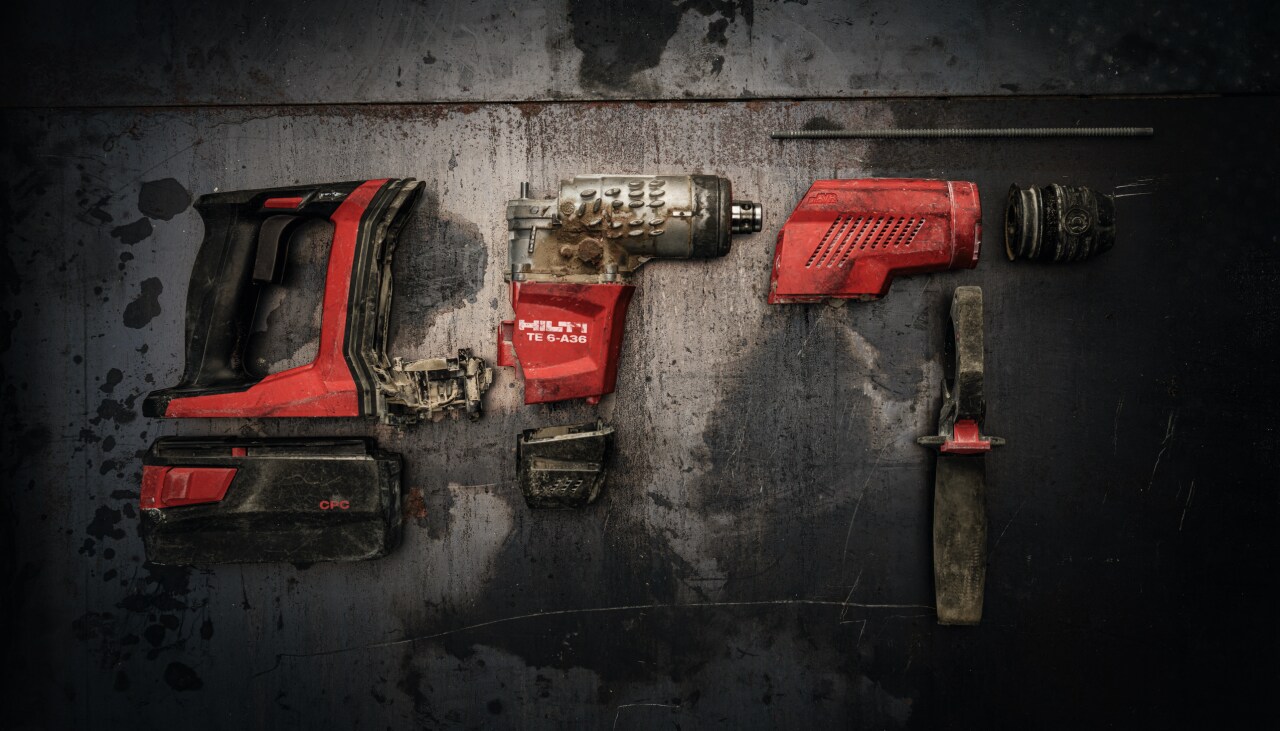
Circularity – doing more with less
The circular economy is a win-win for the environment and the construction industry
Within our global economy fewer than 10% of our resources are being reused. When buildings are no longer viable, only 40% of that construction waste is recycled or reused. By adopting circular business strategies that integrate sustainability factors alongside economic ones, you not only help minimize your impact on the environment but also ensure the long-term success of your company.
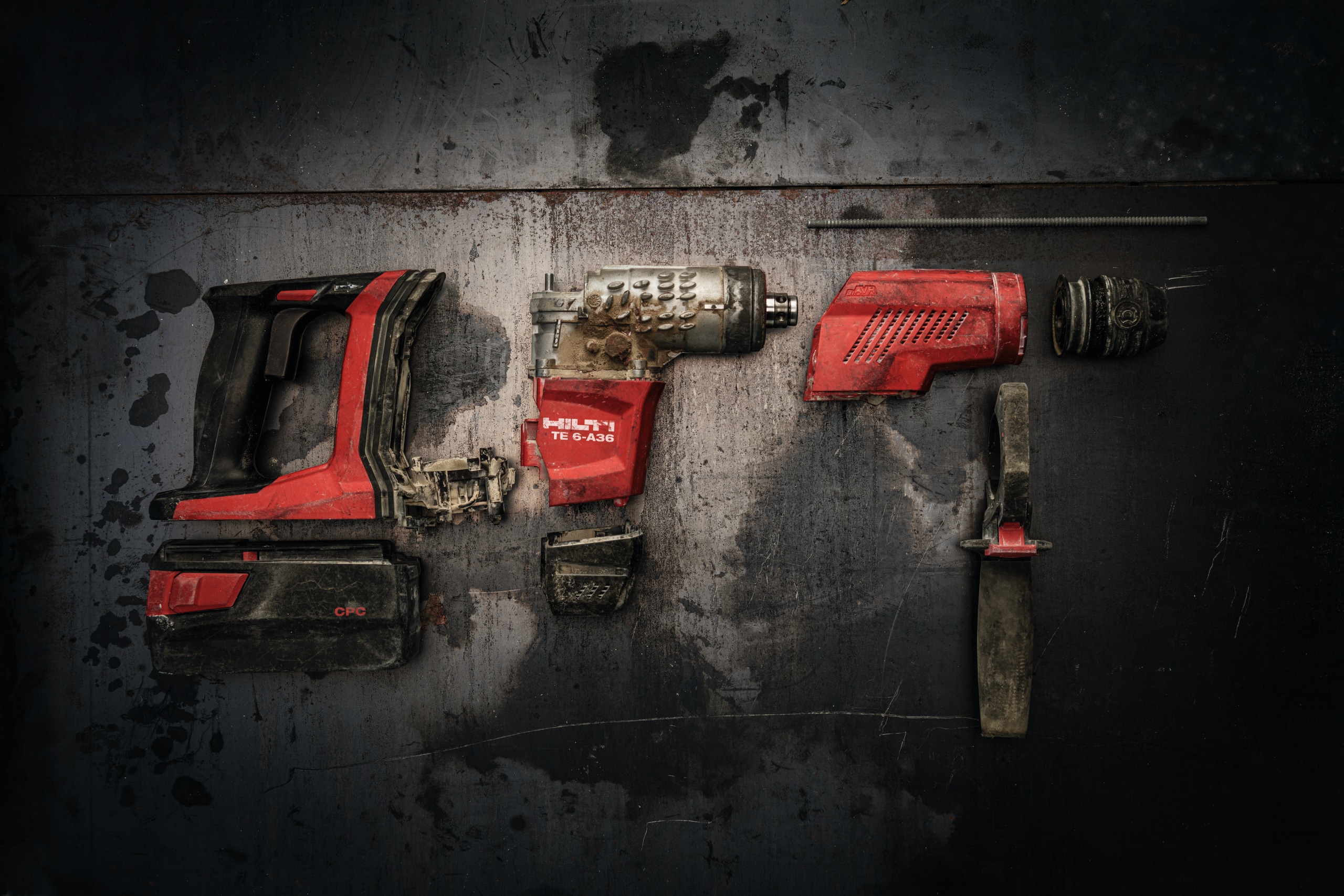
The current state of global waste generation
tons of waste generated per year
The world creates around 2 billion tons of waste each year, with this number expected to rise.
tons of plastic waste per year
This is in addition to the 54 million tons of electronic waste produced per year, of which only 17.4% is recycled.
produced globally per year
1/3 of all waste globally is produced by the construction industry.
packaging waste per year
The average European citizen produces almost 180 kilos of packaging waste in a year.
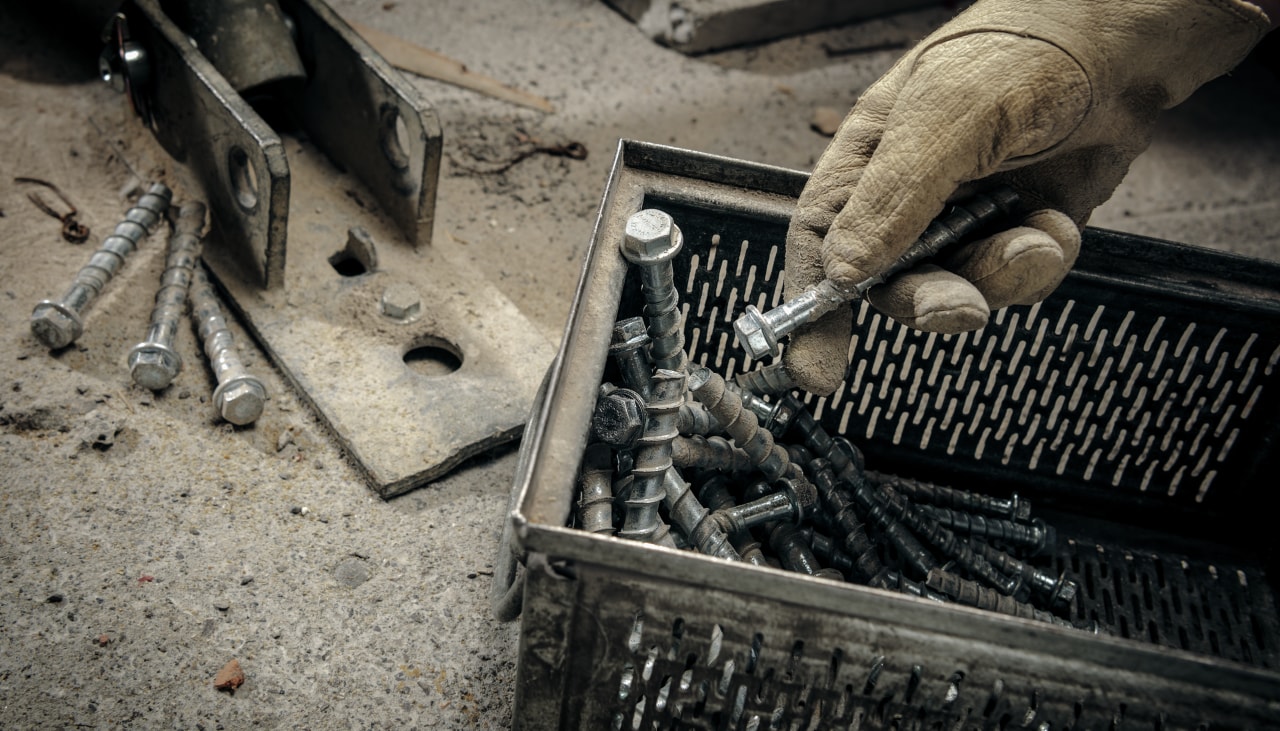
Why circularity?
Maximize value by reducing resource use throughout your building projects
As opposed to the linear economy model, where products are only used once and a lot of waste is generated, the circular economy has a strong focus on generating maximum value from a minimum use of raw materials and resources. With our help, your business can do more with less all along the supply chain. From the planning phase, where our software and services can help you optimize your designs to reduce waste, to the construction phase where our tools and support systems have been designed to be reused, all the way to our recycled content. You can even get personalised reporting on your collection, reuse and recycling efforts.
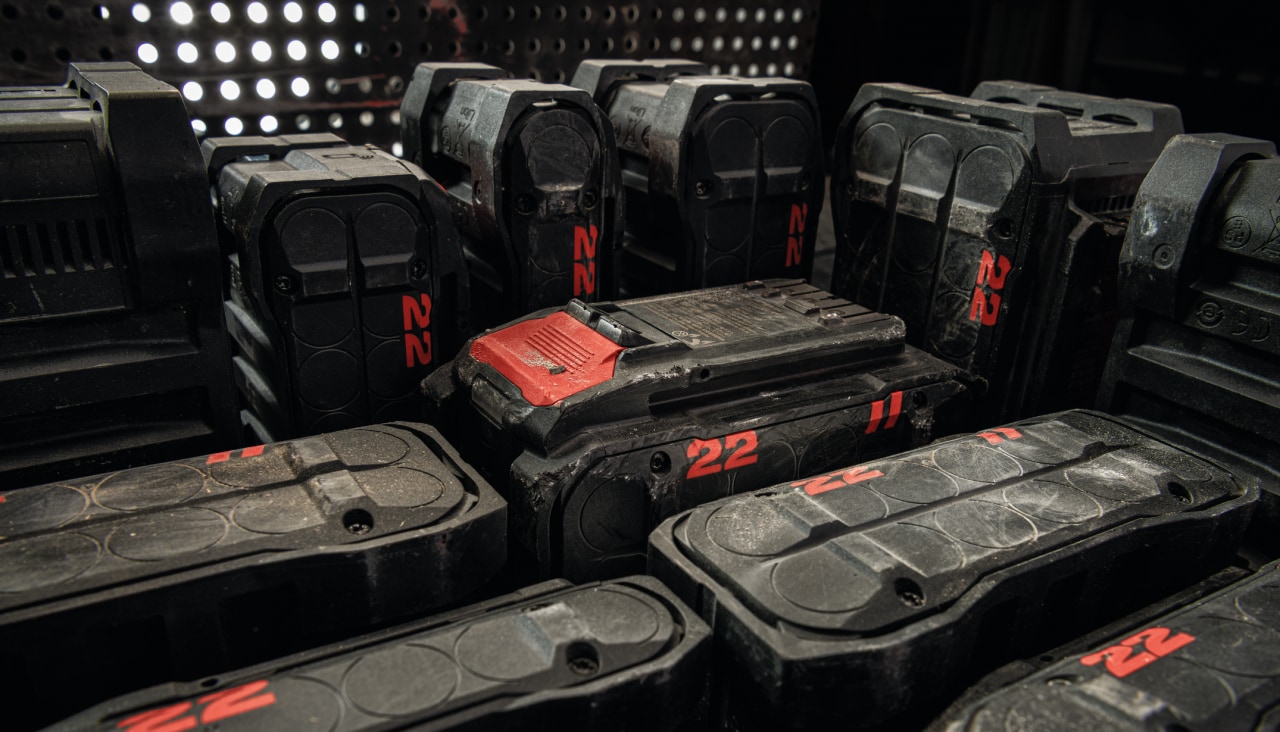
Reduce Wasteful overbuying
Our equipment management solutions help streamline your tool crib
Our Fleet Management solution helps build circularity into your sustainability journey. It helps ensure you have only the power tools you need, reducing resource consumption while streamlining your operations. You'll always get high-quality tools that are built to last, and repaired to last longer. If your tools are still productive at the end of the agreement, you can decide between using them at the same monthly fee or upgrading them to the latest innovation.
Only need something for just a few days or weeks? Use our Tools on Demand service to cover your peak demand or project-specific needs.
With ON!Track, our asset management software, you can identify idle or lost assets as you move from project to project.
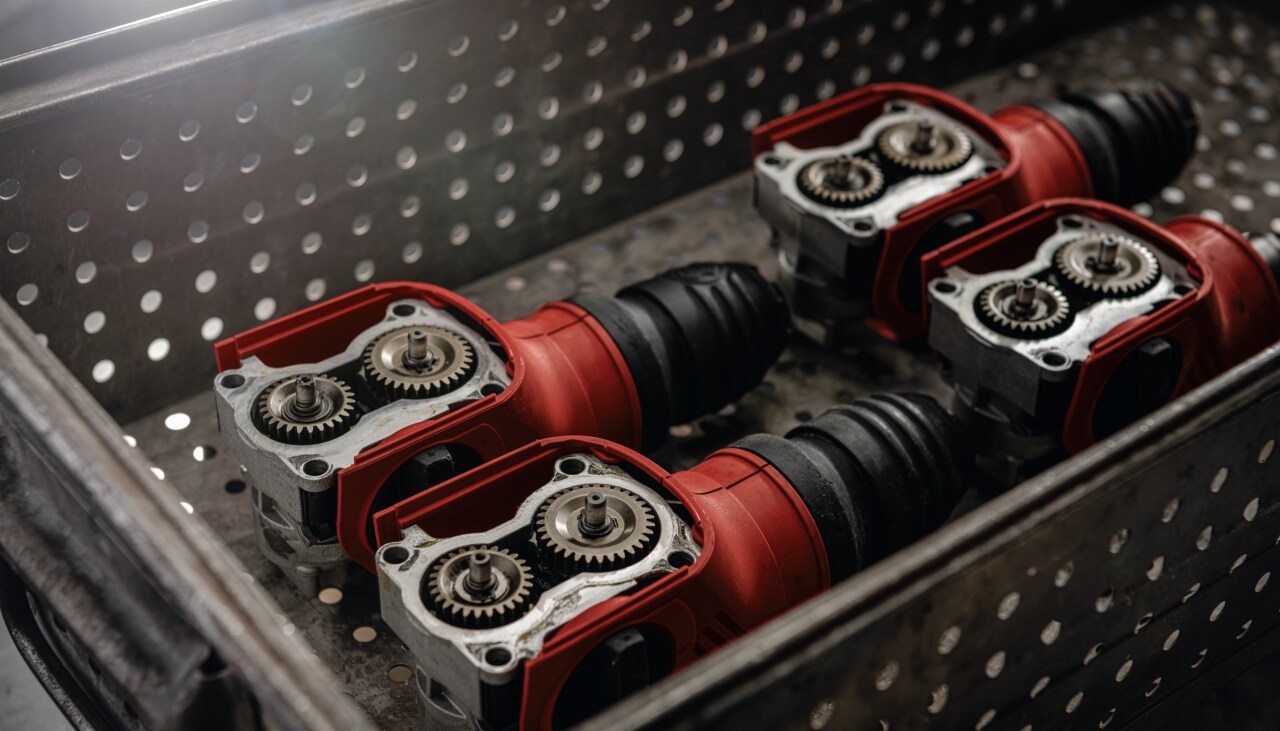
Waste not want not
Where possible we'll reuse tools and parts you no longer need
It's a seamless process: we'll collect power tools, batteries and accessories from you for free, wherever you are in the world. We'll even take our competitors' tools and batteries.
But what happens to them? Some tools that are functionally equivalent to new join our short-term pool, offsetting the need to manufacture and transport new equipment. Others are donated for non-intensive use by humanitarian and educational organizations. Components that meet our high-quality standards are reused by our repair centers. Around 160,000 spare parts were reused in 2023, saving about 120 tons of electronics, motors and rotors, or equivalent to around 1,000 tons of CO2.
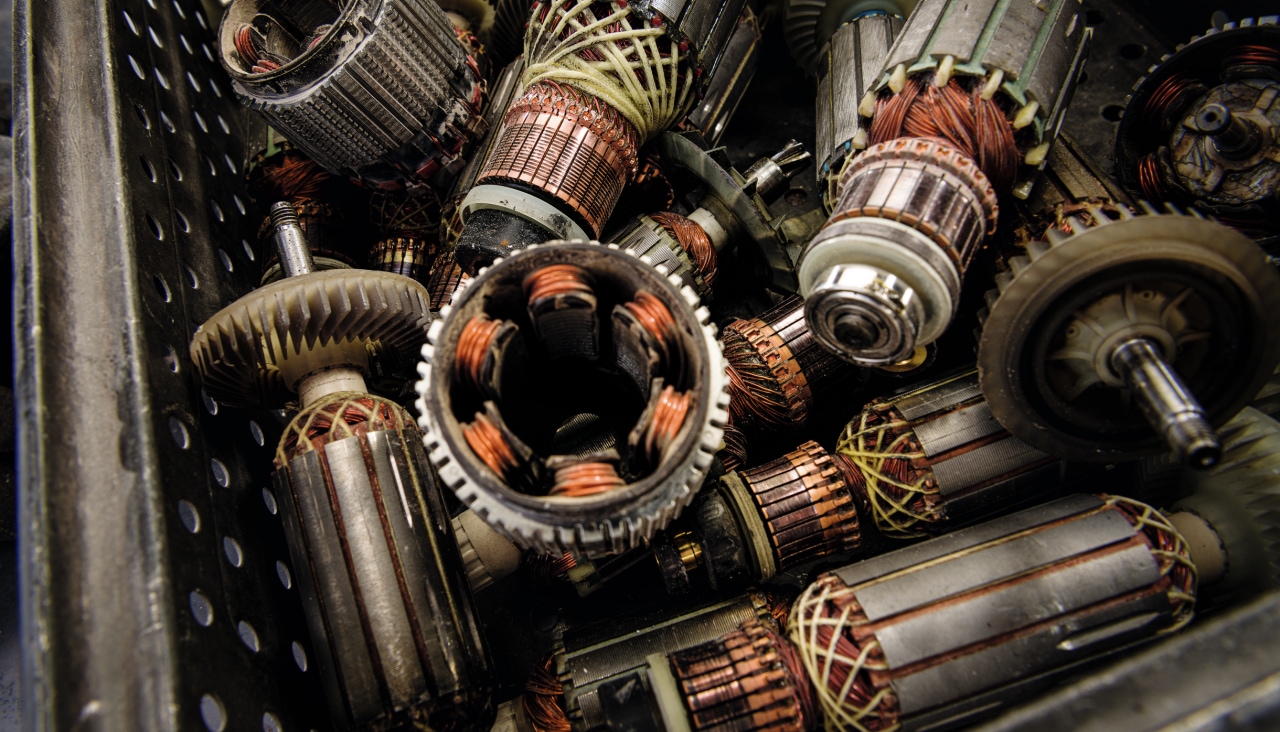
Recycle virtually indefinitely
When we can't reuse something, we'll ensure it's processed for recycling
Tools or components that can't be reused are handled by our qualified global recycling partners.
We take responsibility for our products throughout their lifetime. Much of a typical tool's mass is high-quality metals that can be recycled virtually indefinitely for various applications, and though we achieve a high level of non-thermal recycling in our markets, we're continuing to work with our recycling partners to increase yield even more.
Our circularity journey
of a Hilti tool's mass is recycled material
We're reducing virgin raw material use by increasing the amount of recycled steel and plastic in our products.
tools, batteries and accessories were collected by Hilti in 2023
Support circularity by letting us collect your expired tools for free. We'll find ways to reuse or recycle them.
of all expired Fleet Management tools were reused
We're continuing to increase the number of expired Fleet Management tools reused as complete tools or components.
of electronic waste collected with 81% effectively recycled
We're working to ensure high levels of steel, copper and aluminum re-enter international commodity cycles.
An industry-first: measuring circularity
Unlike with CO2, there is no internationally recognized way to measure circularity. So together with BCG, we developed the new Circelligence method. We can now evaluate our entire product portfolio on a yearly basis, based on how well circularity has been implemented. Our calculations cover areas such as recycled materials, product design, production methods, how we manage our tools, and what happens at the end of a product's life cycle.
More sustainable together
Discover solutions designed to help you reduce your carbon footprint while still ensuring the sustainable growth of your business into the future.
Explore sustainable solutionsGreen building solutions
Invest in innovative construction solutions to help you deliver certified, sustainable building projects.
Explore green building solutionsTake control of your tool crib costs
Streamline financial planning with Fleet Management. A fixed monthly fee covers all your tools including their use, service and repair costs.
Discover Fleet ManagementSources:
https://www.rolandberger.com/en/Insights/Publications/It%E2%80%99s-time-for-construction-to-embrace-the-circular-economy.html
https://globisinsights.com/purpose/sustainability/circular-economy
https://www.mckinsey.com/capabilities/sustainability/our-insights/mapping-the-benefits-of-a-circular-economy
https://www.europarl.europa.eu/news/en/headlines/economy/20151201STO05603/circular-economy-definition-importance-and-benefits
https://www.wri.org/insights/5-opportunities-circular-economy
https://www.bbva.ch/en/news/advantages-and-disadvantages-of-the-circular-economy/
https://sensoneo.com/global-waste-index-2019/
